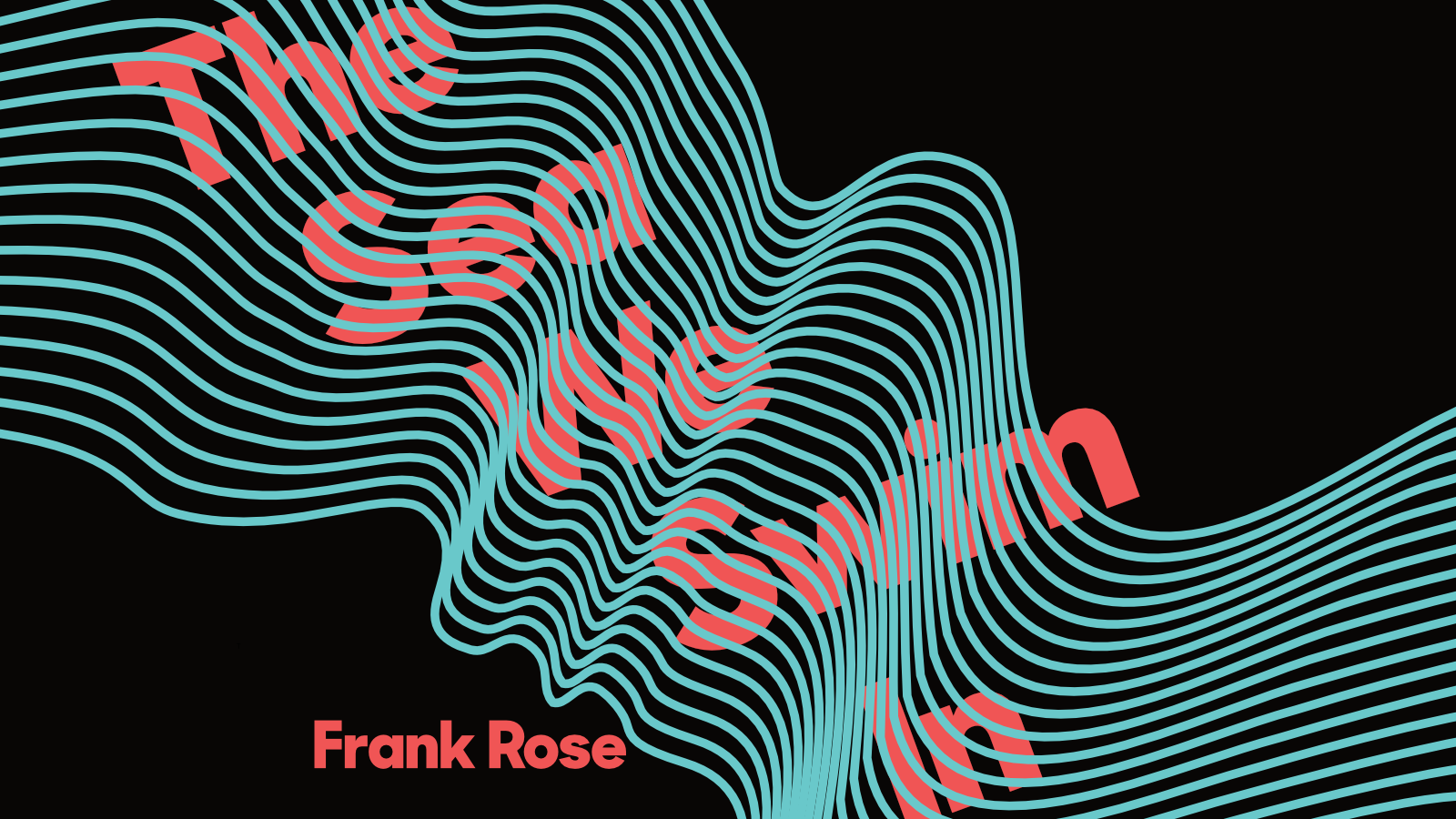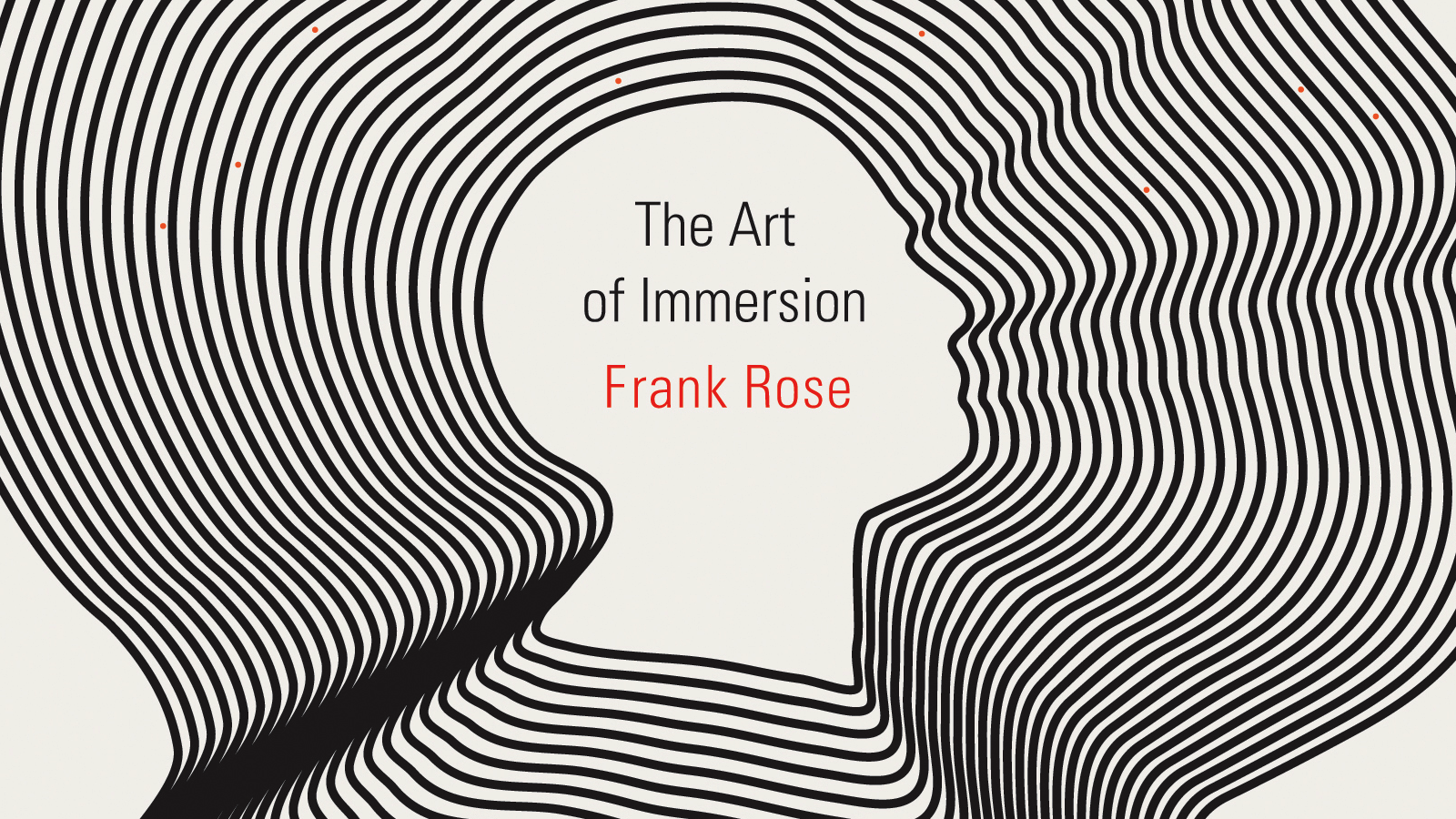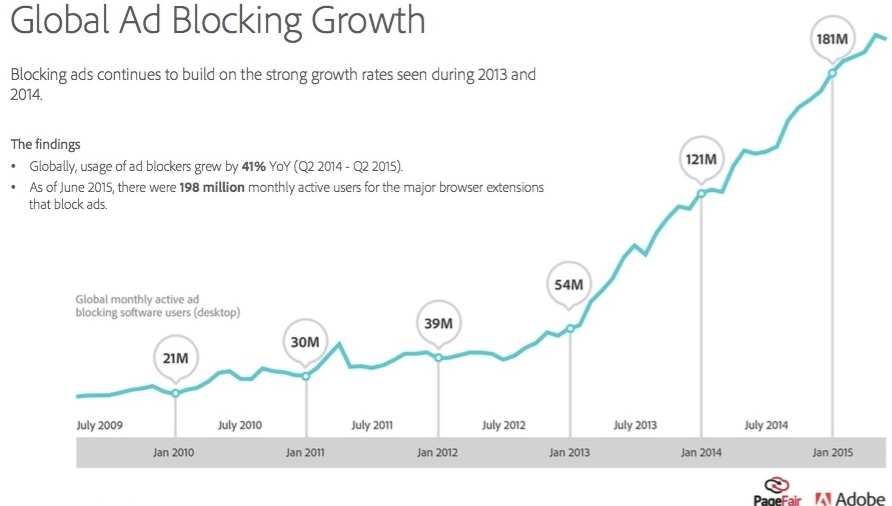
September 23, 2014
Summer is now officially over, and for Hollywood the results were not good. No, the industry didn’t suffer a repeat of the string of debacles that hit last year, when one mega-budget picture after another—White House Down, The Lone Ranger, Pacific Rim, Turbo, R.I.P.D.—unceremoniously tanked. In fact, the news was actually worse.
Last year at least the hits made up for the misses. This year the North American summer box office was down 15 per cent overall. Movies like The Amazing Spider-Man 2 and the latest Transformers installment drew crowds to the multiplex, but smaller crowds than in the past. And there are signs the core audience is losing interest: According to the MPAA, the number of frequent moviegoers (once a month or more) last year fell in every age demographic between 12 and 49, with the biggest drop coming among 18-to-25-year-olds. It’s not hard to figure out why: As producer Lynda Obst put it recently, “How many times can you see the same cities destroyed? How many ways are there to destroy them?”
Not enough, apparently.
Blockbusters have dominated the multiplex in recent years because, despite the mega-flops, the Hollywood studios found them on average to be a sure-fire strategy for minting money. Last year, in her book Blockbusters, Anita Elberse of Harvard Business School offered intellectual justification for this strategy. Though the safer course might appear to involve making a larger number of pictures at smaller budgets, she wrote, “producers can’t afford to walk away from big bets—doing so would actually increase their chance of failure in the long run.” What’s more, Elberse argued, the “laws of consumer behavior” that explain this apply not just to Hollywood but to entertainment of every stripe: From Justin Bieber to Lady Gaga, “blockbusters will become more—not less—relevant to popular culture, and blockbuster strategies will thrive.”
This was a gratifying message for embattled entertainment executives. Publications like the Financial Times and Bloomberg Businessweek found it “persuasive” and “convincing.” In reality, it’s neither. When I looked at her evidence for a summer cover story in The Milken Institute Review, I found it pretty seriously lacking.
Obviously, as I wrote in Milken, neither hits nor stars have gone away. Globalization has encouraged the kind of world described by Robert Frank and Philip Cook in their 1995 book The Winner-Take-All Society—a world dominated by superstars in every field, be they actors or accountants. And Chris Anderson’s long-tail theory, despite its inherent appeal, has not panned out as a business strategy: Digital distribution may make for endless shelf space, but there’s still way more money to be made in the hits than in the margins. Even so, that’s hardly the same as saying that mass-appeal blockbusters will dominate in the digital age. In fact, the pattern now emerging is quite different: Not fewer hits but more, and many of them not undifferentiated world-beaters but smaller hits tailored to the tastes of specific audiences.
Justin Bieber and Lady Gaga still produce hits, but by historical standards those hits hardly qualify as blockbusters. America’s best-selling album of 2013, Justin Timberlake’s The 20/20 Experience, sold only 2.4 million copies, making it the smallest top-seller on record—not to mention the only album last year to crack the 2 million mark. Adele’s 21 sold more than 10 million copies in 2011 and 2012, but even that hardly compared with albums released in earlier decades by Michael Jackson, the Eagles, or Led Zeppelin.
And while sales are clearly concentrated at the hit end of the spectrum, that too turns out to be misleading. It’s true that for several years running, only about .001 per cent of the millions of songs on the market have sold more than a million copies; by 2011, that near-infinitesimal share of the total accounted for 15 per cent of all tracks sold. But the total number of tracks released grew dramatically every year—and the number that sold over a million copies grew even more. Between 2007 and 2009, the number of million-selling hits grew 220 per cent; from 2009 to 2011, that number grew 125 per cent. So year after year, more and more songs became hits, even as the average size of those hits kept shrinking. The tail got a whole lot longer and flatter, but the head didn’t get taller and thinner; it actually got a bit shorter and wider.
The same pattern has held in television for decades: Hits continue to predominate, but as choices keep proliferating, more and more shows become hits even as their relative popularity declines. NCIS, last season’s top-rated series, had half the 39.1 rating The Beverly Hillbillies enjoyed in 1963-64. And the cable-network shows that have people talking about a “third golden age of television” pull in far fewer viewers than that.
Hollywood, unlike music and television, has produced some genuine blockbusters lately, but mainly due to factors unique to the movie business. Razzle-dazzle digital effects and a spate of new theater construction around the globe, combined with a spectacular rise in discretionary income in emerging economies, have turned what once was largely a domestic business into one dominated by non-English-speaking countries—markets where action sequences translate better than humor or subtleties of characterization and dialogue. Studio executives have responded by making huge bets on properties they consider low-risk. The goal is “pre-awareness”—Spider-Man, Transformers, anything that worked before, as opposed to an original idea. But while summer hits will never vanish entirely, this summer’s results suggest that Hollywood’s blockbuster strategy may soon falter—and that when it does, it will go out not with a bang but a whimper.
We do indeed live in a winner-take-all economy, and electronic media certainly encourage the rise of global superstars—but that’s as true of broadcast TV as it is of the Internet, as true of the Beatles as of Adele. As the Internet takes hold, hits tend to shrink in size and grow in number. Far from encouraging the blockbuster syndrome, digital media work against it. As for those laws of consumer behavior, the problem with the entertainment business is that it’s in the business of entertaining humans—a species that craves novelty as much as it craves spectacle and is prone to sudden and unpredictable shifts in taste. When it comes to show business, this is the only law that really seems to matter.












Comments
John Samaras
- September 24, 2014
Thanks for the article Frank. Totally agree! And if we want to take it a bit further that's my opinion—3 quick thoughts I had lately and are relevant:
Next step for brands is to carefully cross the line of what they are allowed to do and what not #contextualsurprise #1
Anything a brand does that disrupts our daily narrative and creates a bridge bettween reality and fiction is going to be welcome by people #2
Even when it creates just a window for a narrative beyond reality, like an app that wakes you up by letting strangers call you #that is now #3
Adam Westbrook
- October 6, 2014
A not very original and possibly out of date observation here but I'm reminded of Chris Andersons "Long Tail". Although he celebrates the small audiences, he admits that the blockbusters in the "short head" are still important in order to build an audience to critical mass and then drive them down the tail to the other products.
If we lose blockbusters (or any kind of watercooler culture) do we begin to lose the shared experience of culture?
Thanks for more thought provoking Frank.
Frank Rose
- October 6, 2014
Adam, nice to hear from you. I agree about the benefits of watercooler culture, virtual or otherwise—I just don't think we need blockbusters to get there. Which is good, because I don't think we're going to get blockbusters in the classic sense—hits yes, but a handful of massive hits that crowd everything else out, no. Which strikes me as a pretty healthy scenario.